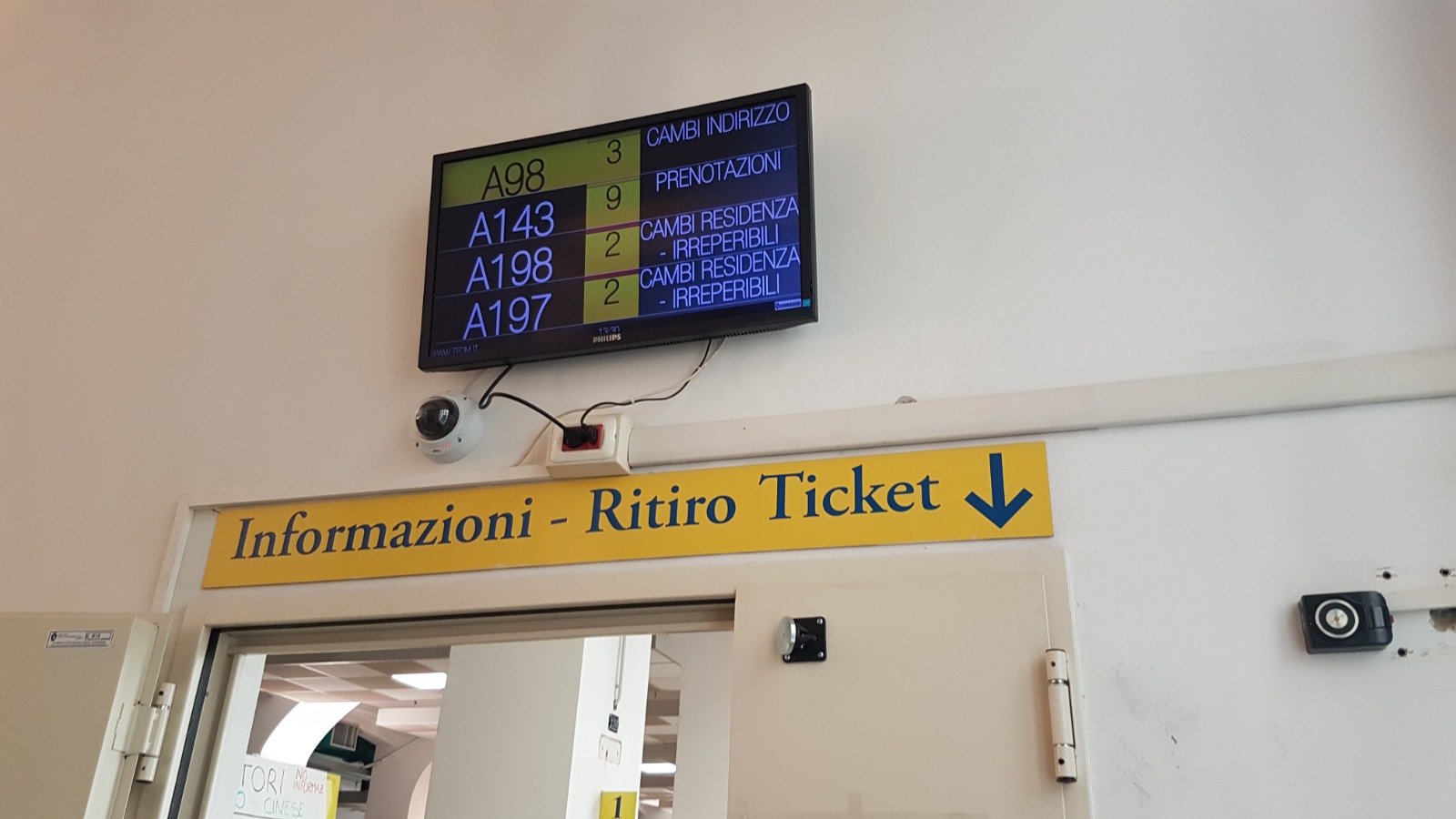Outcomes will be available on June, 2019
The course applies a User Centered Design approach based on a process of design-evaluation-redesign of the touchpoints of a service connected with a system of product and services.
Brief
The initial brief described the central registry office of the city of Turin as the context of analysis and design.
The registry office is part of the public administration in Italy providing fundamental services related to ID cards, official certificates and changes of residence. The complexity of the services provided, the physical space and the variety of users lead to various difficulties in providing and receiving the service.
The brief has been presented with the specifications for designing the digital touchpoints of a service connected to a system that massively use information from both sides: the one of the system that delivers the service and the one of the users who have to interact with it.
The studio is divided in 3 phases:
1. Understanding the context of use and production. This first face is based on the involvement of the end users as well as of the actors of the system where it will be integrated. Expected output for this phase are the definition of the functional (technological) and non-functional (human and organisations) requirements the service will be based on;
2. This second phase will be based on different prototypes techniques (role prototypes, use prototypes, implementation prototypes) to simulate different characteristics of the service to be designed. Expected output of this phase is an integrated prototype developed to support the evaluation with end users;
3. The third phase is devoted to verify with the end users the efficiency, effectiveness of the developed solution as well as the end users’ satisfaction. Evaluation will be based on 2 main techniques: usability testing (where possible it will be conducted with a consistent number of users) and heuristics evaluation (conducted by usability expert). In order to be able to apply the heuristic evaluation the students will act as evaluators of the projects of their colleagues.
Objectives
The objective of the course is to provide students a clear understanding of the different phases of the development of services, the design of interactions and the use of prototyping in interaction design; as well as the ability to create prototypes at different levels of fidelity using appropriate tools and technologies.
The course will serve as an introduction to, and practice in, creation of different types of prototypes: physical prototypes (e.g. paper prototypes, prototyping through controllers and micro-controllers, and prototyping through tinkering and physical modelling) and digital, screen-based prototypes (sketching, coding and design of interactive prototypes, video prototypes). The course also gives an understanding of what to test with different prototypes and in which moments..

